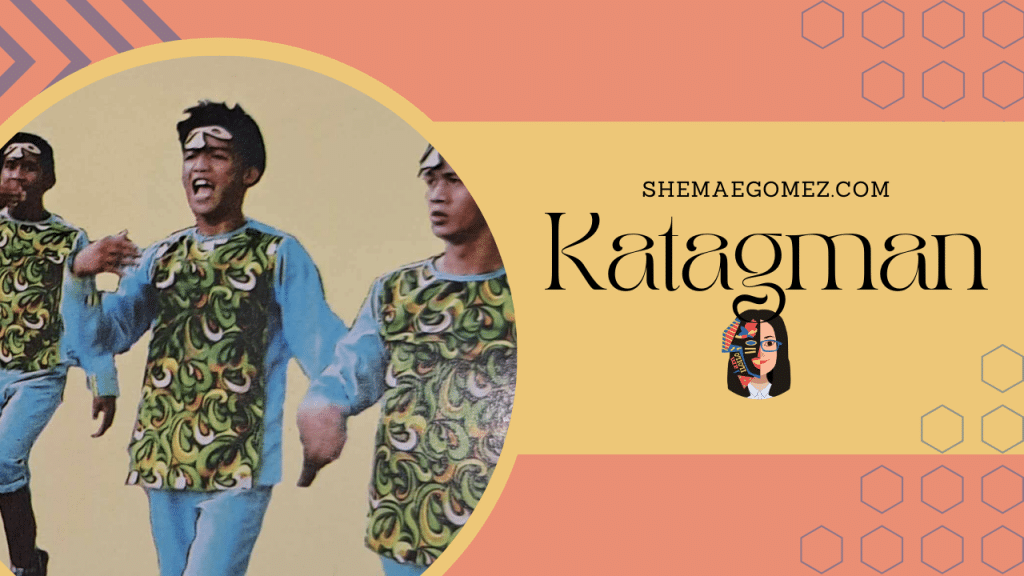HABLON FESTIVAL
Municipality of Miagao
Every 1st week of September
The town of Miagao annually showcases one of its indigenous and valuable industries through a festival that will further boost their hand- woven fabrics as world-class. The festivity will be highlighted by the Lin-ay sang Hablon and Little Miss Hablon. There will also be a design competition to be participated by the five weaving centers in the town where they will compete in terms of innovation, design and color combination. There will also be a trade fair during the celebration. The festival is also aimed at reviving the weaving industry, with
Miagao known for its intricate hand-woven fabrics such as patadyong, hablon and polyabaca.
Hablon
Text from the National Museum of the Philippines Iloilo.
Hablon is handwoven textiles with bright colors, stripes, and plaids, and is believed to have originated in the town of Miagao in Iloilo. The term is derived from the Kinaray-a word habol, which means “to weave.'” These textiles are traditionally made from cotton, pineapple, silk, and abaca fibers, using the upright loom called teral or tidal. Hablon was first mentioned in the accounts of 17th-century Italian traveler Giovanni Careri, who expressed his awe upon seeing the women of Iloilo weaving colorful cloths, which they later sold in public markets.
Most of the hablon weavers learned weaving from their mothers during their formative years, particularly at the time when it was a source of income, aside from farming and fishing. Hablon weavers, also referred to as manughabul or tejedoras, used bunang (cotton) threads supplied by a Chinese manufacturer in Iloilo before the introduction of commercially available and affordable rayon and polyester-based threads, collectively known as Rotex, in the 20th century. The plain or white bunang is commonly used by tejedoras in weaving mosquito nets, blankets, and shirts while the colored ones are usually used in weaving patadyong.
Patadyong is one of the most pervasive and versatile hablon fabrics following the traditional checked and plaid patterns. The sukla patadyong, made of silken thread, are considered rare heirloom pieces worn and topped with an embroidered kimona by affluent women of Miagao in Iloilo before the Second World War. Similar to the form of malong in Mindanao, patadyong is commonly worn by women as a wrap-around skirt. It also serves as a convenient protection from the heat of the sun, an outdoor bathing garment, a bag for farm produce, and a huban (hammock) or abuy-abuy (carrier) for infants. Customarily, a red patadyong is tied around the forehead of a family member to repel evil spirits during funeral wakes.
Hablon made of rayon-based threads combined with commercially available cotton and silk threads was fashioned into gowns popular during the 1960s through the 1970s. However, these fabrics lacked the spell of tradition compared with that of the patadyong, piña, and jusi, as these were crafted with less elaborate patterns. By the late 1970s, demand for hablon gradually went down due to the deterioration of the cloth’s quality.
For more information, please contact Anthony Selorio – Municipal Tourism Officer at (033) 315 or email at [email protected].
Read also: The Ultimate List of Festivals in Iloilo Province
Sources:
ILOILO PROVINCIAL GOVERNMENT TOURISM OFFICE
2/F, Casa Real Bonifacio Drive, Iloilo City
Telefax No: (+63 33) 3384910
Email: [email protected] or [email protected]
Blog: mybeautifulILOILO
Website: www.iloilo.gov.ph/tourism
DEPARTMENT OF TOURISM REGION VI
Capitol Grounds, Bonifacio Drive, lloilo City
Tel. Nos: (0063) (033) 3375411/5093550
Telefax: (0063) (033) 3350245
Email: [email protected]
Websites: http://www.westernvisayastourism.com.ph or http://www.visitmyphilippines.com
